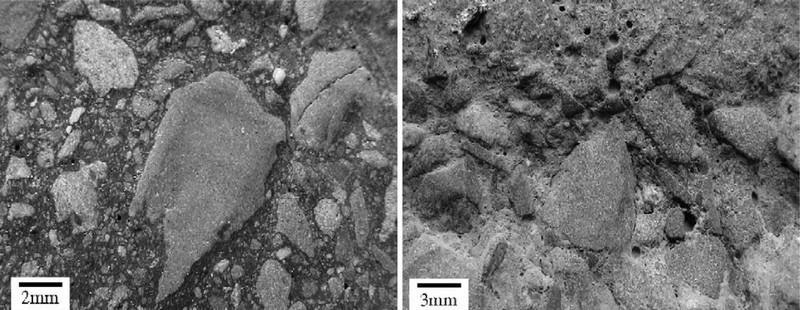- Qinsun Instruments Co., Ltd.
- Tell:+86-21-6780 0179
- Phone:+86-17740808215
- Address:No. 2578 Minhang District Gu Dai Road, Shanghai
- Contact:Mr. Li
- QQ:846490659
How do you measure abrasion resistance of concrete?

Measuring the abrasion resistance of concrete is an important aspect of evaluating its durability and suitability for various applications, such as pavements, industrial floors, and construction materials subject to high mechanical wear. This process involves conducting standardized tests to quantify the material's ability to withstand abrasion and wear forces. In this response, I will provide a detailed overview of commonly used methods for measuring the abrasion resistance of concrete.
1. Introduction to Abrasion Resistance Testing:
Abrasion resistance testing aims to simulate and quantify the effects of wear and tear on concrete surfaces. The test methods discussed below provide an indication of how well a concrete sample can resist abrasive forces by subjecting it to controlled wear mechanisms. These tests help engineers and researchers select appropriate concrete mixtures, optimize surface treatments, and assess concrete properties for specific applications.
The Taber abrasion test, which I mentioned in the previous response, can also be applicable for concrete. However, it is worth noting that the Taber test primarily evaluates surface wear and may not accurately represent the performance and wear resistance of the entire concrete volume.
3. Los Angeles Abrasion Test (ASTM C131):
The Los Angeles abrasion test is widely used to determine the abrasion resistance of aggregates used in concrete. While this test does not measure the concrete itself, it indirectly assesses aggregate properties, which significantly influence concrete's abrasion resistance. In this test, a sample of coarse aggregate is subjected to abrasive actions in a drum rotating at a specified speed. The resulting abrasion loss is determined by comparing the sample's original and post-test aggregate weights.
4. ASTM C944 - Abrasion Resistance of Concrete or Mortar Surfaces by the Rotating-Cutter Method:
This method measures the abrasion resistance of concrete by using a rotating cutter to wear away the concrete surface. The test involves embedding a rotating cutter into a sample surface and measuring the volume of material removed after a specified number of rotations. A lower volume loss indicates better abrasion resistance.
5. ASTM C418 - Abrasion Resistance of Concrete by Sandblasting:
This test is used to evaluate the abrasion resistance of concrete by subjecting the surface to controlled sandblasting. The test determines the depth of material loss caused by sandblasting. A shallower depth indicates better abrasion resistance.
6. ASTM C779 - Abrasion Resistance of Horizontal Concrete Surfaces:
This test evaluates the abrasion resistance of horizontal concrete surfaces, such as roadways and pavements. It involves subjecting the surface to the abrasive action of rubber tires using a specified load, speed, and distance. This test measures the volume loss or changes in the surface profile.
7. ASTM C1138 - Abrasion Resistance of Concrete (Underwater Method):
The ASTM C1138 test determines the abrasion resistance of concrete in underwater conditions, mimicking the abrasive forces present in hydraulic structures. In this test, waterborne abrasive particles are directed towards the concrete surface, and the resulting wear is quantified by measuring the weight loss or depth of material removal.
8. ASTM G194 - Standard Test Method for Measuring Rolling Friction Characteristics of a Sealant:
Although not specific to concrete, this test is relevant when evaluating the abrasion resistance of sealants applied to concrete surfaces. By simulating the rolling friction of a hard rubber wheel on a sealant sample, this test measures parameters such as roll rate, peak friction, and average friction.

It's worth noting that each test method has specific limitations and may represent different aspects of abrasion resistance. Therefore, it is crucial to understand the specific requirements and conditions of the intended application when selecting an appropriate test method. Additionally, some proprietary methods and custom tests developed by research institutions or specialized laboratories may exist and can be used to evaluate concrete abrasion resistance.
In conclusion, measuring the abrasion resistance of concrete involves employing standardized tests such as the Los Angeles abrasion test, rotating-cutter method, sandblasting test, and others mentioned above. These tests enable researchers, engineers, and manufacturers to assess and compare the abrasion resistance properties of concrete and its constituents. By selecting appropriate test methods and interpreting the results in context, professionals can make informed decisions regarding material selection, design optimization, and maintenance strategies for concrete structures subjected to abrasive forces.





